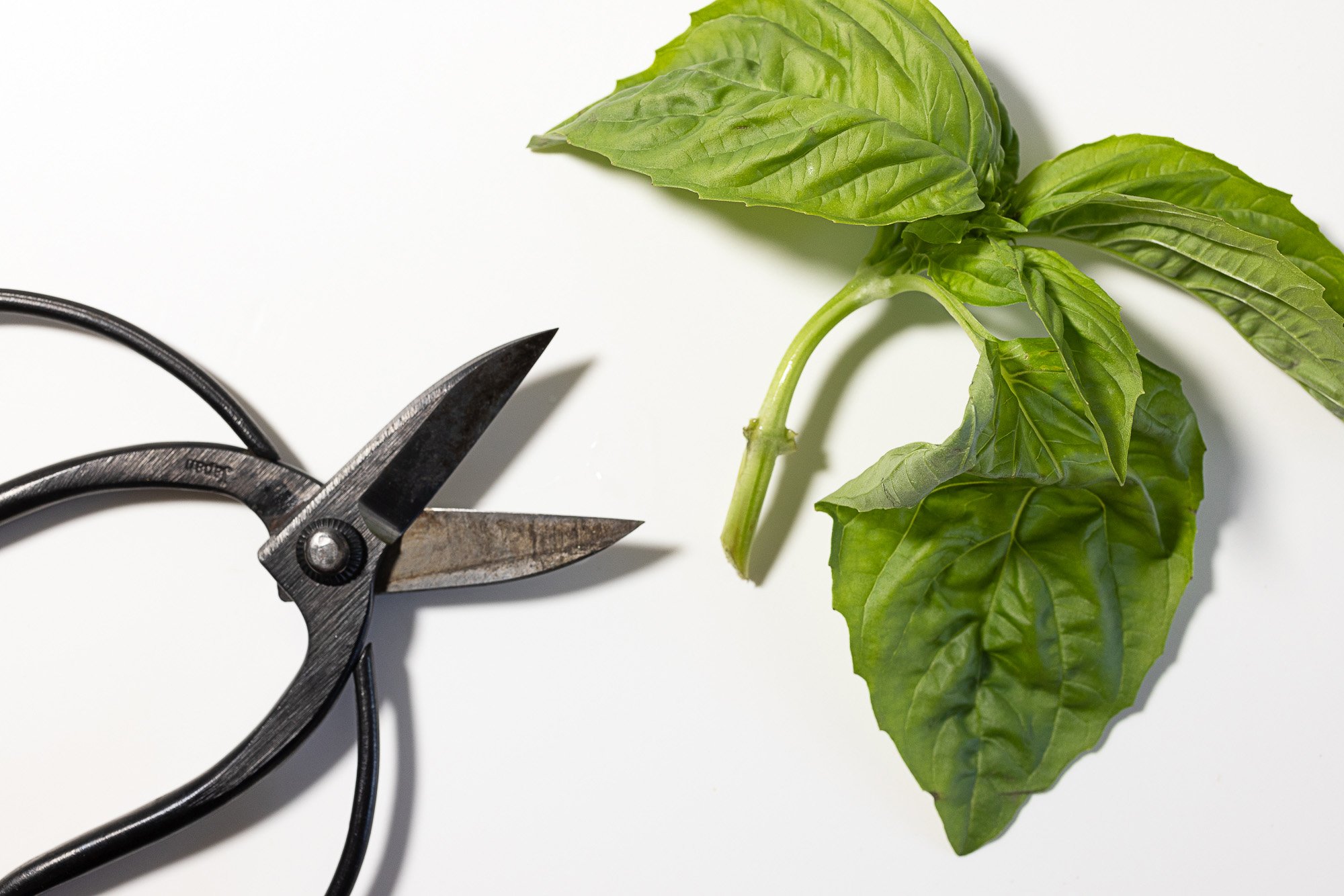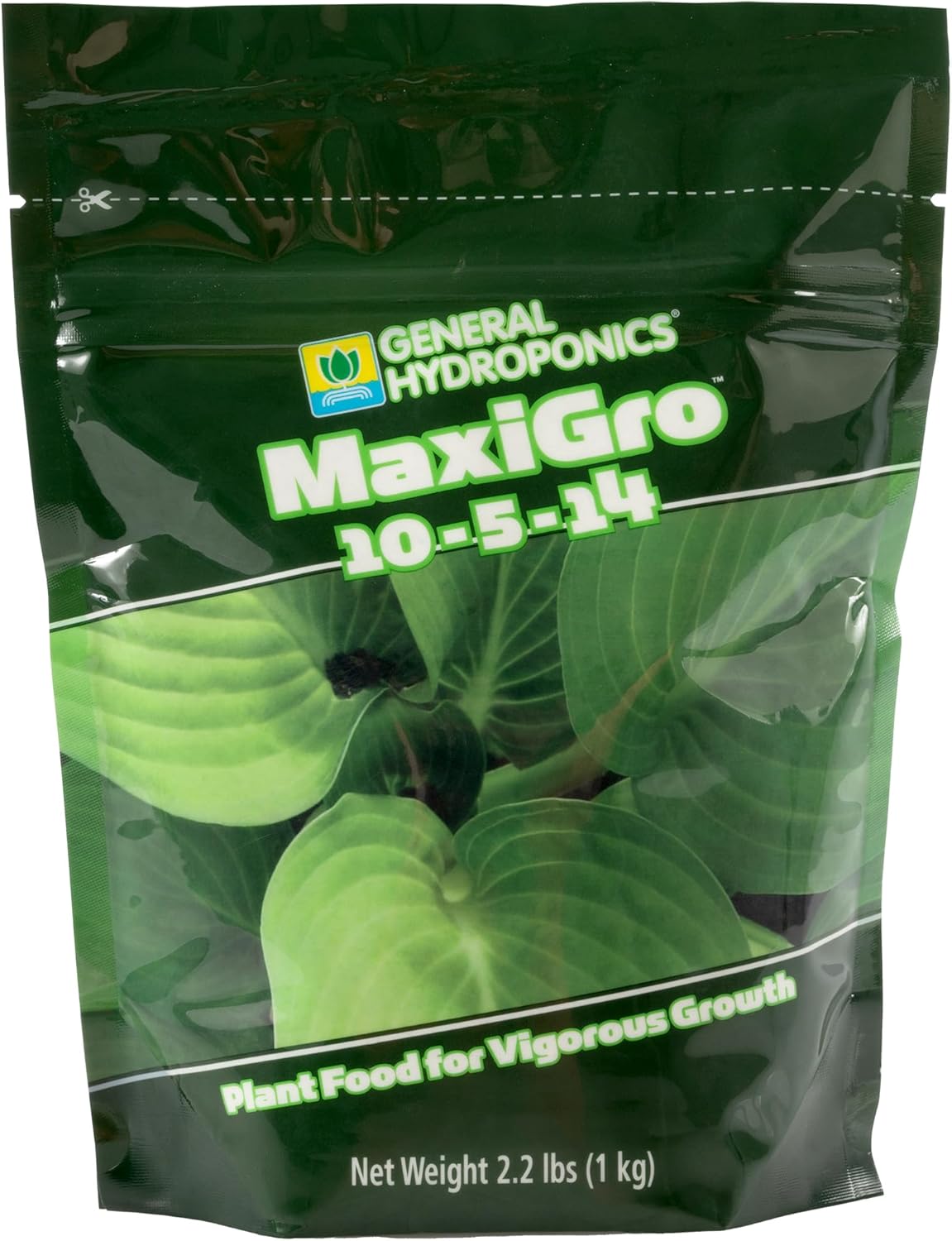How to Grow Basil Indoors in Water from Supermarket Plants
HOW TO GROW BASIL ON YOUR WINDOWSILL
Growing Basil Indoors in Water
Begin by selecting a fresh basil stem from your local grocery store, ensuring it has several sets of leaves and appears healthy. Remove any lower leaves to expose the nodes, where roots will emerge. Place the cutting in a glass of water, ensuring the nodes are submerged, and position it in a sunny windowsill where it will receive ample sunlight. Change the water every week to prevent stagnation and watch as roots develop within a week or two. Feed your basil using hydroponic fertilizer and follow the manufacture’s dilution suggestion.Harnessing the Freshness: Growing Basil Indoors from Supermarket Cuttings - in Water!
This post may contain affiliate links, meaning I get a commission if you decide to make a purchase through my links, at no cost to you
How to grow basil indoors in water from supermarket cuttings.
Why grow basil?
Basil, the fragrant herb synonymous with Mediterranean cuisine, not only adds a burst of flavor to dishes but also brings a touch of greenery and aroma to any indoor space. Growing basil indoors from supermarket cuttings on your windowsill is not only a convenient way to have fresh herbs at your fingertips but also a rewarding experience that connects you with the cycle of growth and nature. Let's delve into the journey of cultivating basil indoors, exploring its culinary uses, health benefits, and its significance in traditional medicine.

Grow Basil from Supermarket Plants in Water
Ingredients
Instructions
- Begin by filling a bowl with fresh water
- Fill your glass container that will hold the basil 1/3 of the way with fresh water ** you don't want a high waterline because it will rot the stems of your basil.
- With your scissors, submerge a stem of one of the basil leaves and cut the stem UNDER the water on a diagonal.
- Continue cutting the stems of the remaining basil stems one by one under water
- Place the cut basil leaves into their glass container
- Place on your window sill
- Change your water weekly
- Add the tiniest pinch of hydroponic fertilizer after you've changed your water
Notes
Observe your basil cuttings and look for signs of rot - this is avoided by changing your water weekly and not overfilling the container with water. Feeding with a hydroponic fertilizer is advised but DO NOT OVERFEED. Read the instructions on your fertilizer for an idea of how much to add. Start with the tiniest amount and wait, watch and see how your plants do.
Culinary Delight:
Basil's culinary versatility knows no bounds. From classic Italian dishes like pasta and pizza to Thai curries and Vietnamese pho, basil's distinctive flavor adds depth and complexity to a wide range of cuisines. Its vibrant green leaves infuse dishes with a sweet, slightly peppery taste, making it an essential herb in any kitchen. Whether used fresh as a garnish or incorporated into sauces, soups, or salads, basil elevates the dining experience with its aromatic essence.
Health Benefits:
Beyond its culinary allure, basil packs a nutritional punch. Rich in vitamins A, K, and C, as well as essential minerals like manganese, calcium, and iron, basil offers an array of health benefits. Its antioxidant properties help combat oxidative stress and inflammation, while its antimicrobial properties support immune function. Additionally, basil contains compounds like eugenol, which may have anti-cancer properties, further enhancing its health-promoting potential
Traditional Medicine:
Basil's medicinal use extends far beyond the kitchen. In traditional Chinese medicine (TCM), basil, known as "luo le" or "zi su," is valued for its ability to dispel cold and alleviate digestive discomfort. It is often used to treat conditions such as nausea, indigestion, and abdominal bloating. Similarly, in Ayurveda, the ancient healing system of India, basil, or "tulsi," is revered as a sacred herb with powerful adaptogenic properties. Tulsi is believed to promote longevity, boost immunity, and enhance mental clarity, making it a cornerstone of Ayurvedic wellness practices.
Bacterial and Fungal Inhibition:
In addition to its culinary and medicinal uses, basil exhibits remarkable antimicrobial properties. Studies have shown that basil essential oil possesses antibacterial and antifungal activity against a variety of pathogens, including Escherichia coli, Salmonella typhimurium, and Candida albicans. These antimicrobial properties not only contribute to the preservation of food but also hold promise for potential therapeutic applications in combating infectious diseases.
Here’s an excerpt from Wikipedia where you can learn more bout the anti bacterial and antifungal properties of basil:
Bacterial and fungal inhibition[edit]
How to Grow Basil Indoors in Water from Supermarket Plants - Conclusion
In conclusion, growing basil indoors from supermarket cuttings not only provides a sustainable source of fresh herbs but also offers a myriad of culinary, medicinal, and therapeutic benefits. Embrace the opportunity to cultivate this versatile herb in your own home, and savor the flavors and aromas it brings to your culinary creations while nourishing your body and soul.




